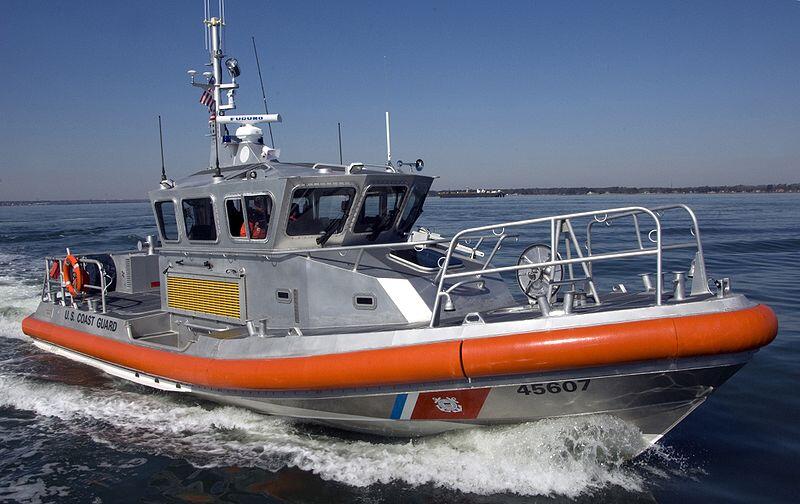
Recognizing the threat of both natural and terrorist-directed anthrax, the U.S. Coast Guard recently undertook its first decontamination field test to determine the best method of decontaminating facilities and vessels exposed to the deadly disease.
This was facilitated by the Analysis for Coastal Operational Resiliency (AnCOR), a joint operation launched in 2018 that includes the Coast Guard, the Department of Homeland Security’s Science and Technology Directorate (S&T) and the U.S. Environmental Protection Agency (EPA). All are focused on dealing with the release of agents like anthrax over a wide area and have utilized similar spores and surrogates in studies and field demonstrations.
“We are responsible for protecting U.S. Coastal areas,” Dana Tulis, Director of Emergency Management at the Coast Guard, said. “AnCOR is important for the Coast Guard to cleanup contamination but also to ensure the Coast Guard’s assets and property are safe, so that we can keep the people we rescue safe.”
The Davie campus of the University of Florida hosted AnCOR’s first major field test earlier this year. There, the three agencies worked to decontaminate a retired Coast Guard boat exposed to three types of non-pathogenic, anthrax-like spores. Three separate decontamination methods were deployed over the three weeks of the test on 11 different surfaces, including marine-grade aluminum, windows, seating, electronics and more.
Participants sampled the contaminated areas, decontaminated them and checked to make sure the procedures were effective, made certain the boat electronics still worked after decontamination, and finally reset the boat after sending samples out for analysis. The three decontamination procedures included fumigation of the boat with methyl bromide gas for 48 hours before removing the gas into barrels filled with activated carbon, using household humidifiers to pump hydrogen peroxide inside the boat for four days, and fogging the boat with a disinfectant known as peracetic acid over the course of 18 hours.
Final results are not in yet, but the preliminary findings show that the methyl bromide and peracetic acid methods were successful at eliminating spores. Anthrax spores are notoriously difficult to kill and are capable of sitting dormant in the environment for decades until inhaled. Anthrax also brings with it a death rate of between 25 to 80 percent without early medical treatment, which underscores why the Coast Guard is concerned about anthrax spores that could be released near water.
In October 2021, AnCOR also plans to conduct a wide-area decontamination field test at a facility representative of a Coast Guard station, to determine decontamination options on outdoor surfaces.
“We will be looking at how to sample for an event like that, what methods are suitable for decontaminating objects in outdoor areas, including grassy fields,” Don Bansleben, S&T Program Manager for AnCOR, said. “We hope that what we learn from these AnCOR tests will ultimately be applicable not only for an anthrax event but for decontamination after other types of biological events, including the easier-to-disinfect COVID-19 virus.”




